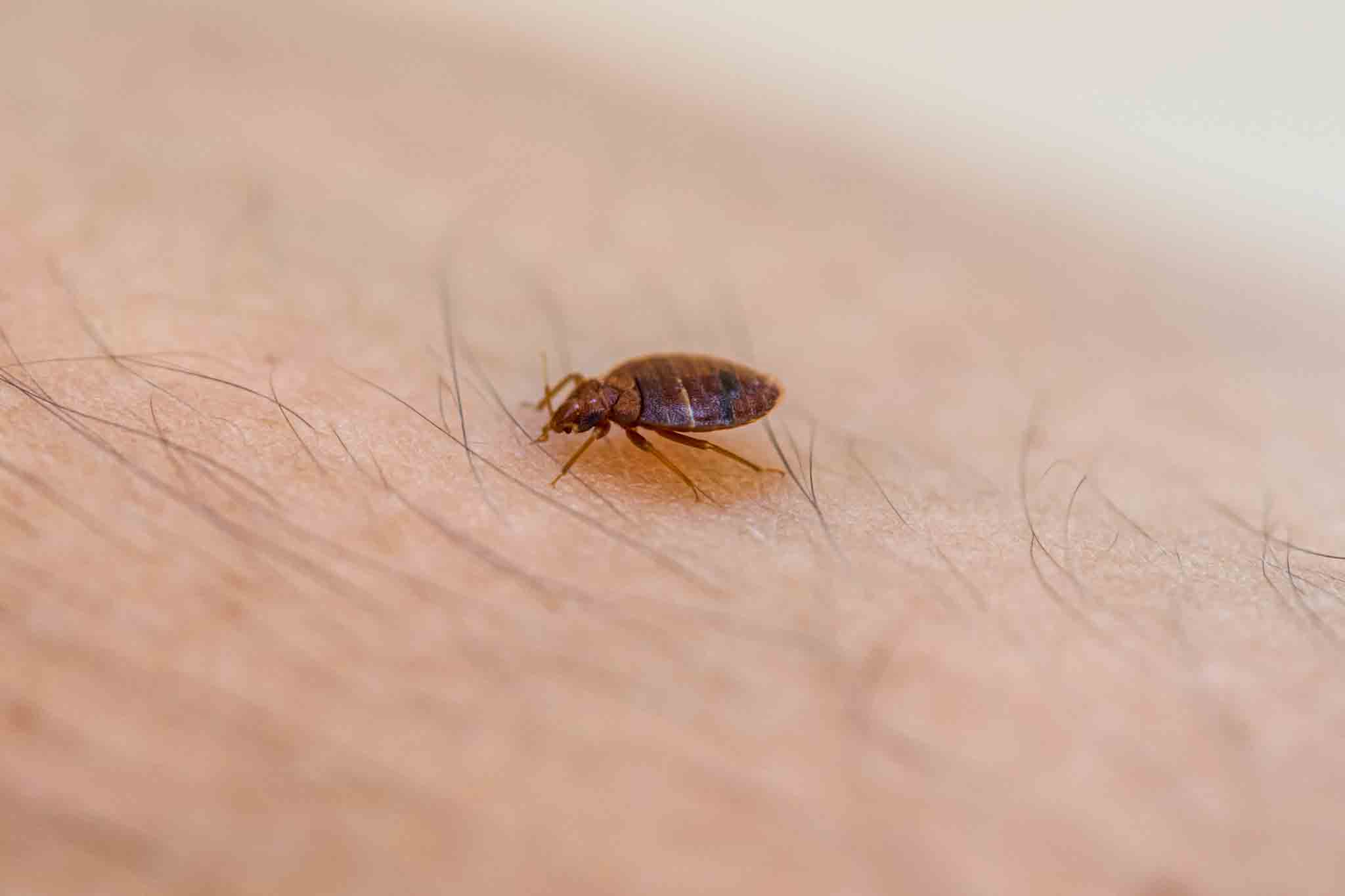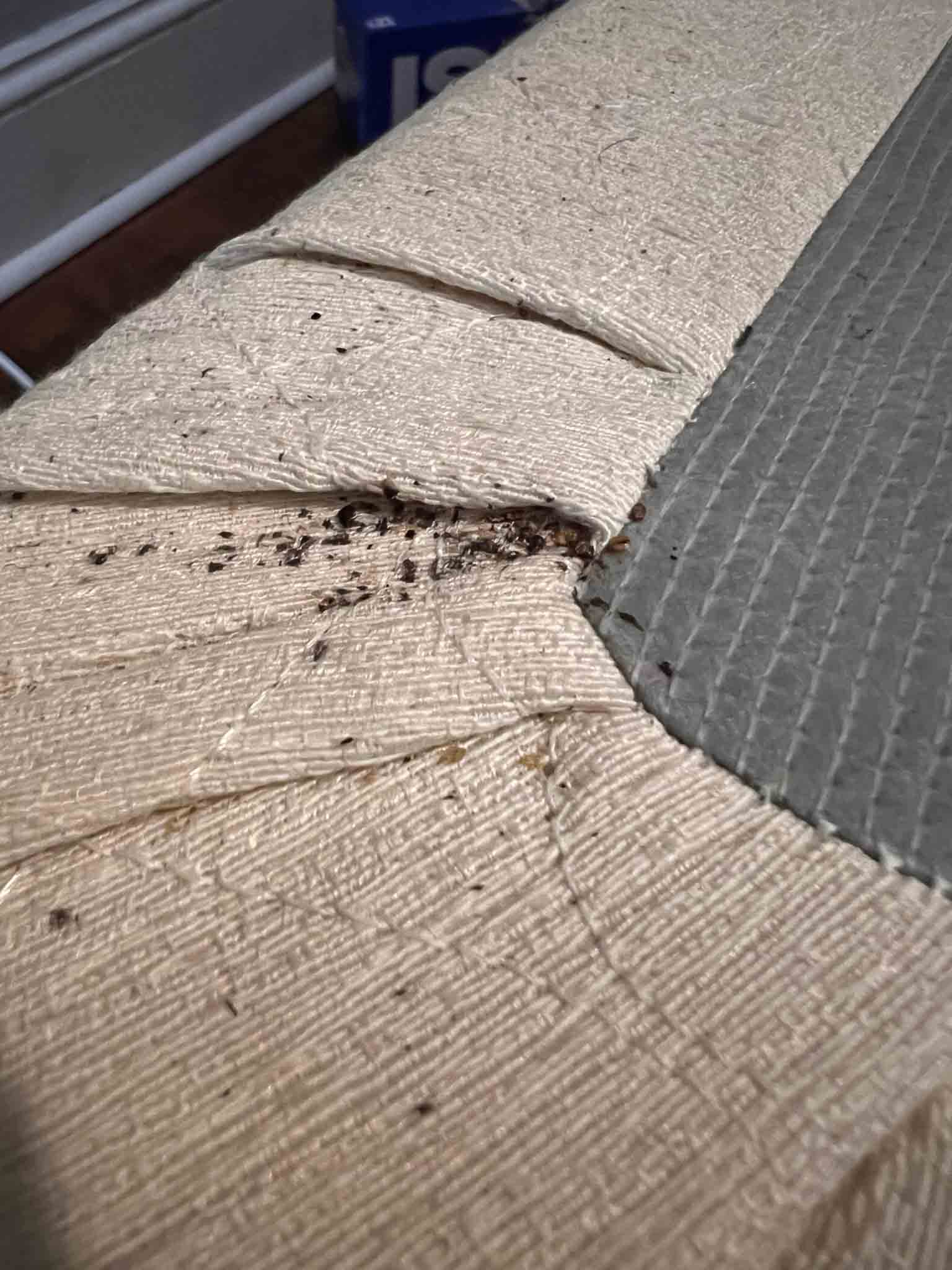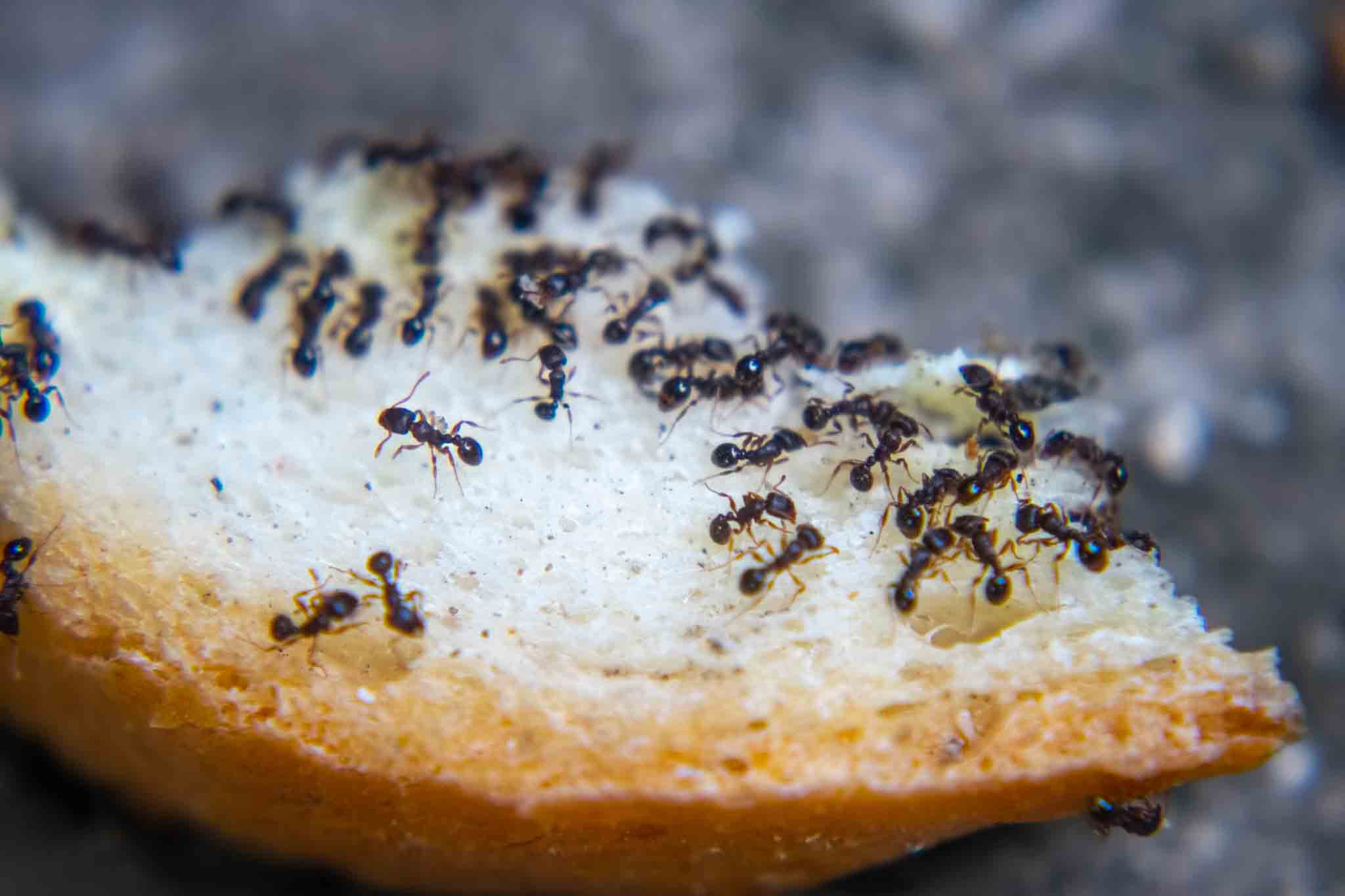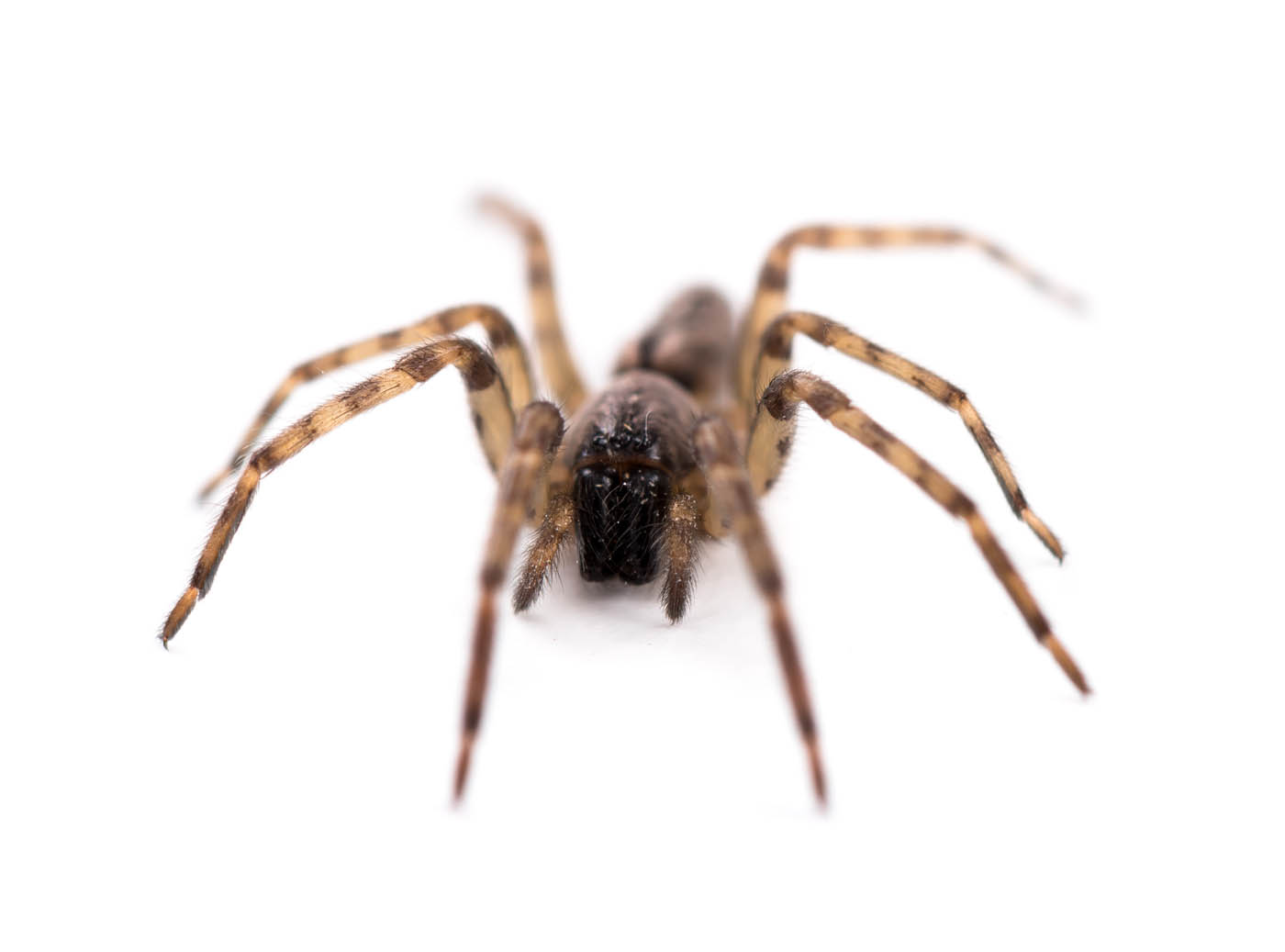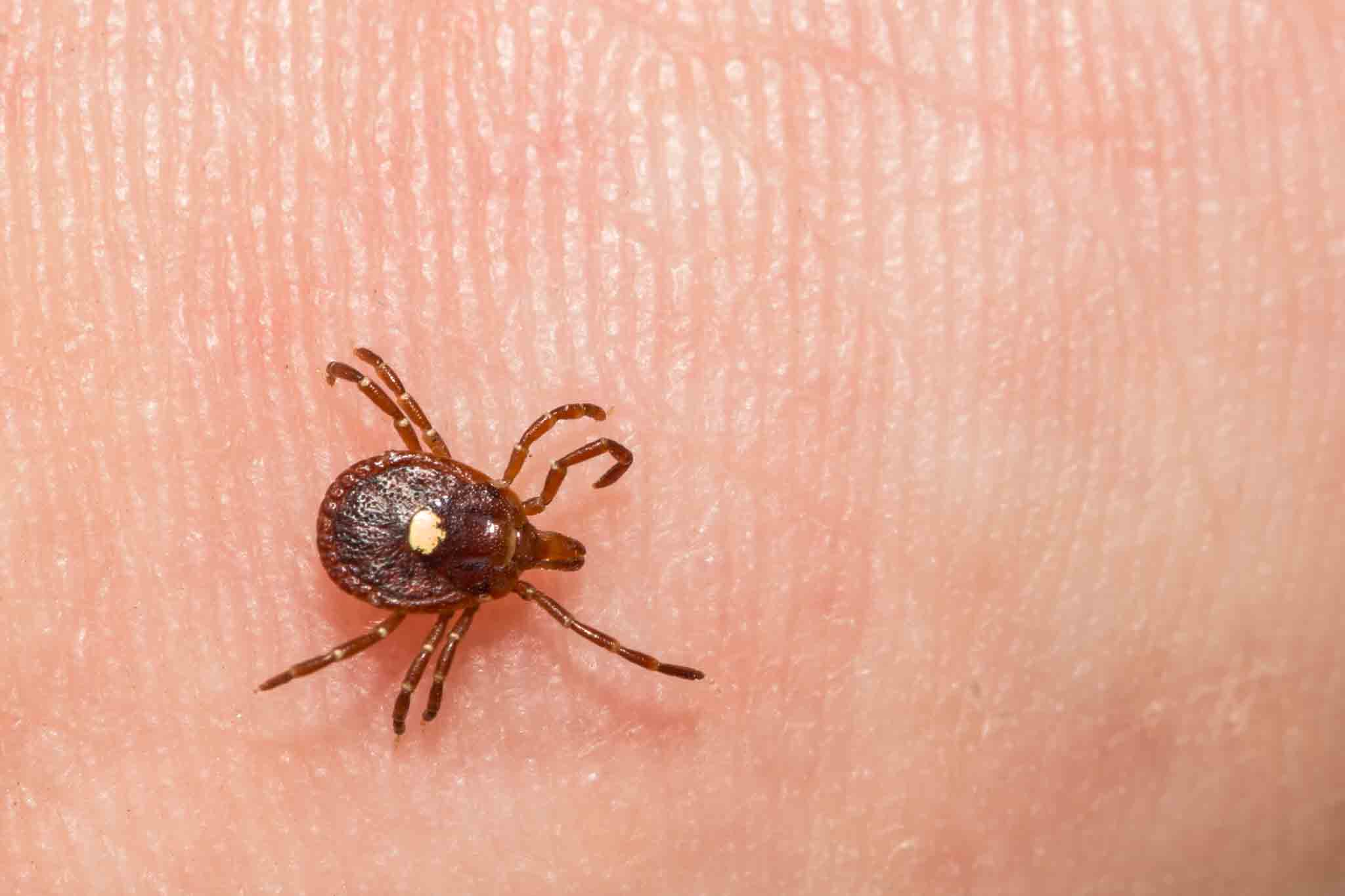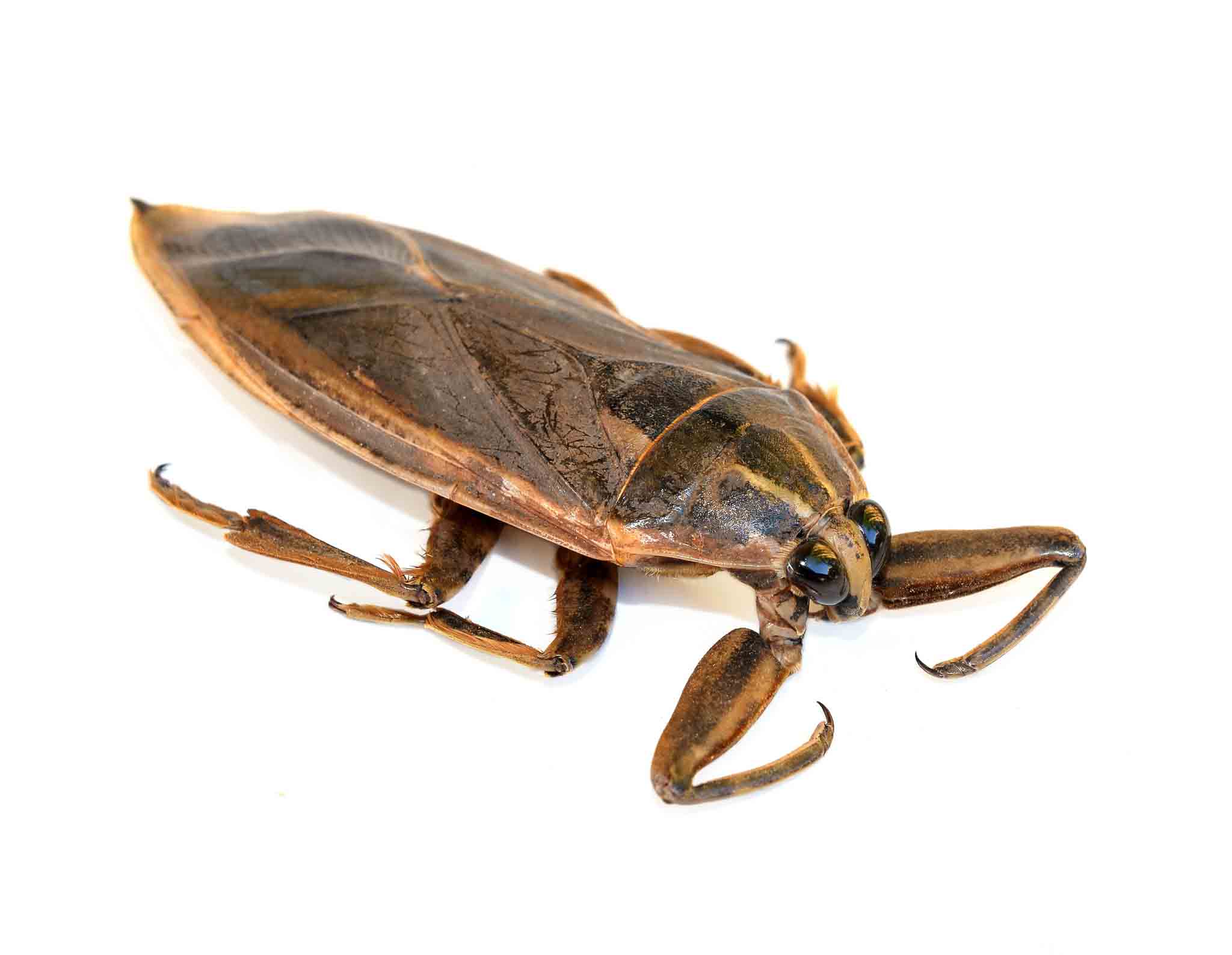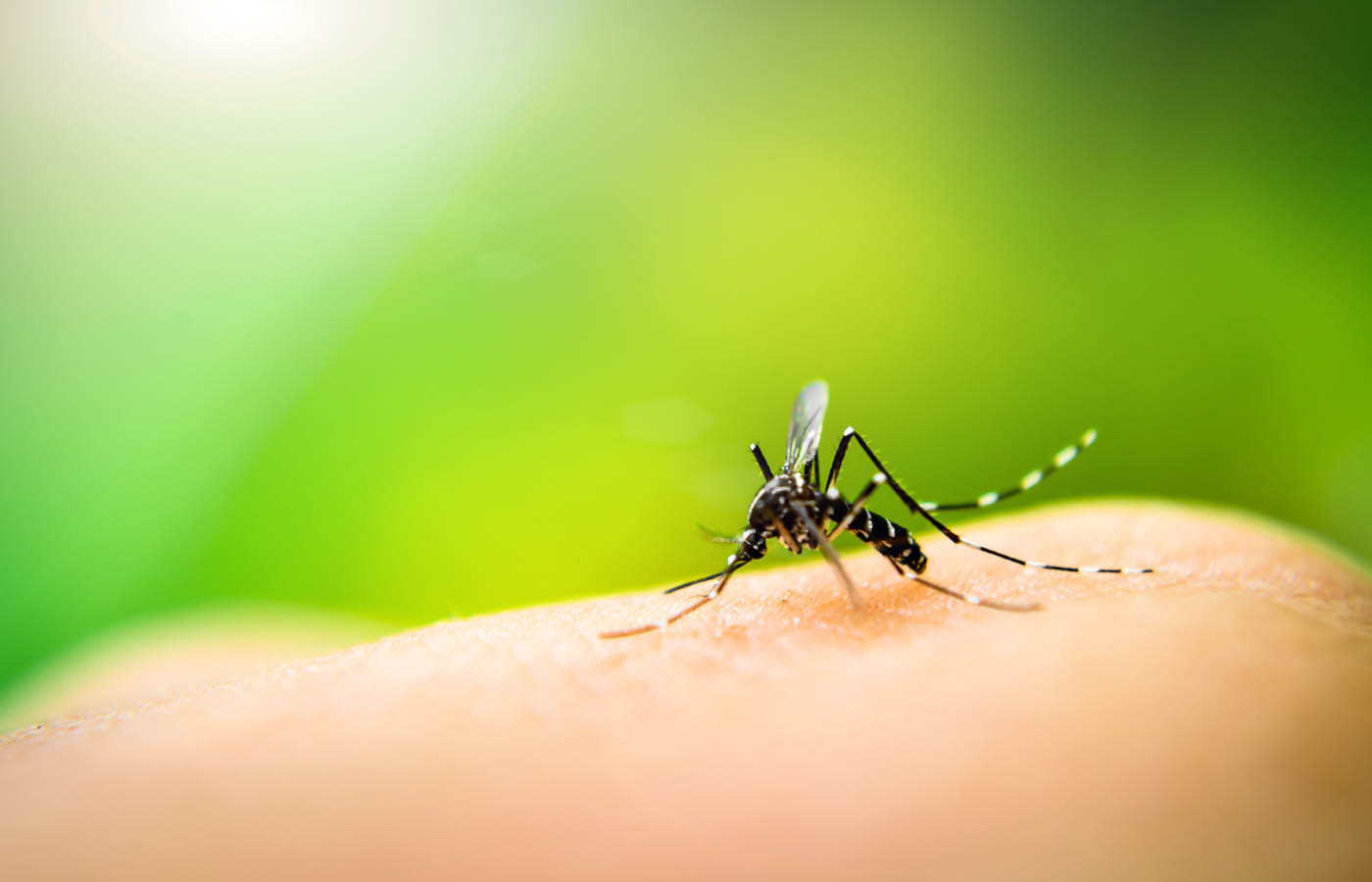Prevention Tips
First of all, one should start by learning to identify what a bed bug looks like. Only then will they know if they have an infestation in the first place.
Make sure to check mattresses regularly. When changing sheets, linens, pillow covers, and duvets, always check the corners, the tufts, especially the parts that you tuck in, or are less visible to you from the top. Check for stains and live bugs.
When you go on a holiday, make sure to not keep your clothes and other such belongings on the bed. If you must, make sure to check the sheets and mattress first thoroughly, so you do not bring them back home with you.
One can always use a bed bugs spray as a caution. Every time a visitor leaves your home, check those rooms corner to corner or have a specialist check it out for you.
Finally, if you can’t handle your bed bug infestation and need an effective bed bug treatment, call Rest Easy Pest Control Queens. We offer an affordable
bed bug extermination services in Queens.
